Panasonic Leica DG 15mm Summilux f1.7 ASPH Review:
Lenses like a 28mm or 35mm are considered standard lenses by many nowadays because they are so versatile. So naturally, it made sense for Panasonic to come out with something decent in this range to go with their micro four thirds cameras: the lens that they came out with is the Panasonic Lumix 15mm Summilux f1.7, which joins other Leica branded lenses like the awesome 42.5mm Nocticron (which I reviewed), and 25mm Summilux. The 15mm Summilux is a 30mm equivalent, which means it fits nicely between a 28mm and 35mm. With a wide open aperture of f1.7, it is also mighty fast but one question remains: I’ve shot with both the 42.5mm Nocticron and the 25mm Summilux, and they are definitely impressive. Will this little 15mm be as impressive? Here’s what I’ve found.
Panasonic Leica DG 15mm Summilux f1.7 ASPH Build Quality:
In terms of build quality, the Panasonic Leica DG 15mm Summilux f1.7 is superbly built. It has a smooth focus ring, and I love the fact that this lens has an aperture ring although it’s only functional on Panasonic cameras. The aperture ring clicks distinctly into position, which is nice. I generally like a little tighter feel but during my time with it, I never had any issue with it accidentally moving.
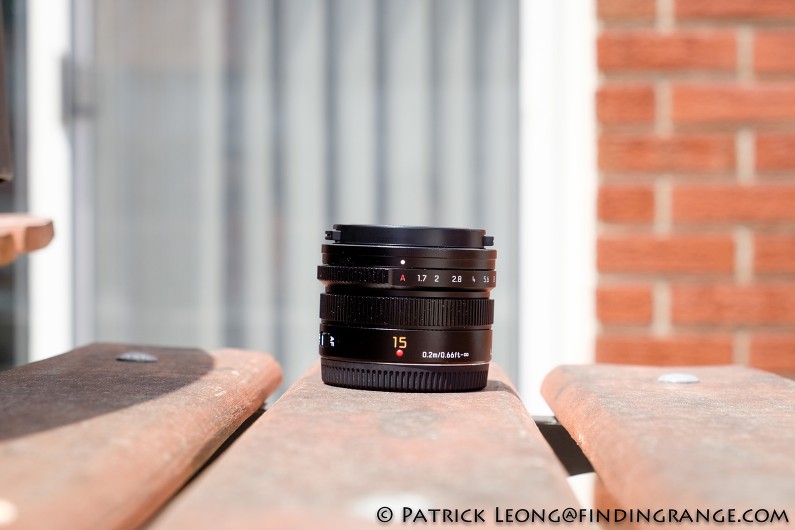
↑ The Panasonic Leica DG 15mm Summilux f1.7 ASPH. This lens is very compact.

↑ Here’s the 15mm Summilux with the lens hood.
Moreover, the Panasonic 15mm Summilux’s all metal design makes this lens feel very solid and well put together yet at only 115g, this lens is surprisingly ultra light as well. But this lightness is definitely a welcomed feature in this type of a lens. The equivalent focal length of 30mm makes this lens well-suited for all types of photography. This means many people are going to treat the 15mm Summilux as their everyday lens, so the light weight along with it’s almost pancake-like size are definitely welcomed characteristics. These characteristics also make this lens a fantastic match with any compact micro four thirds body, such as, the Panasonic Lumix GX85, which I used to take all these photos. Lastly, the 15mm Summilux is just a really nice looking lens, and that’s always a plus. It looks just like a mini Leica M lens right down to even the lens hood and cap.
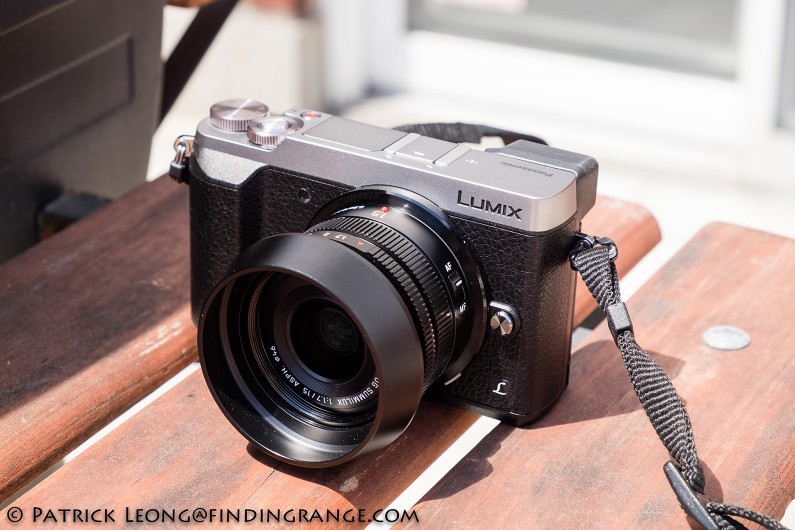
↑ A lens this compact is a great match with the Panasonic GX85.
Speaking of the lens hood, the Panasonic Leica DG 15mm Summilux f1.7 does come with one, and an additional lens cap specifically designed to fit over the lens hood. The lens hood is metal, while the lens cap for the hood is rubber. The design for attaching the lens hood is pretty clever. First you have to remove a ring on the front of the lens. Then you simply attach the lens hood, which is a bayonet mount styled system. It’s quite easy to do although I wish it was a little tighter because there were times when I twist to removed the lens and the lens hood twisted off as well. I actually ended up dropping the lens hood by accident once but since it’s metal, there wasn’t any damage.
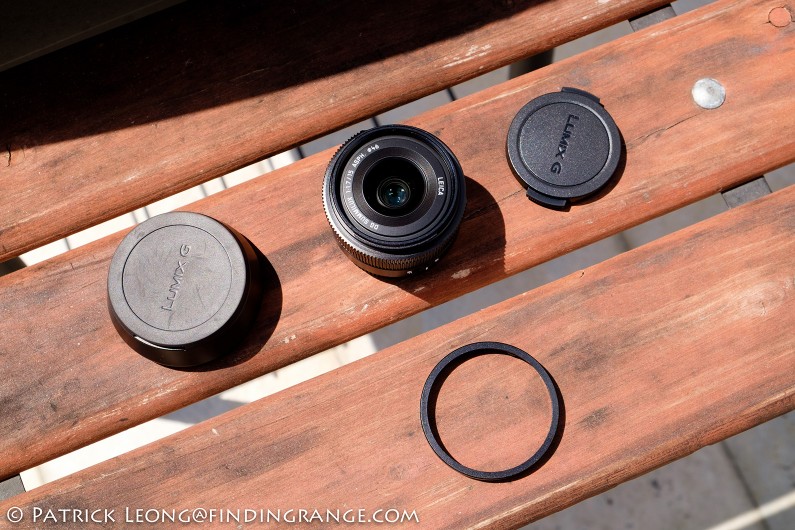
↑ As you can see, the 15mm Summilux comes with two lens caps, a lens hood, and a metal ring, which you remove from the lens when you want to attach the lens hood.
In terms of features the 15mm Summilux does not come with image stabilization but truthfully, I didn’t feel like I needed it anyway considering it is a wide angle lens, and there’s also in-body image stabilization in a lot of these micro four third cameras. I had absolutely no problems shooting at low shutter speeds. It also does not come with weather sealing but there is a switch on the side of the lens to turn the autofocus on and off.
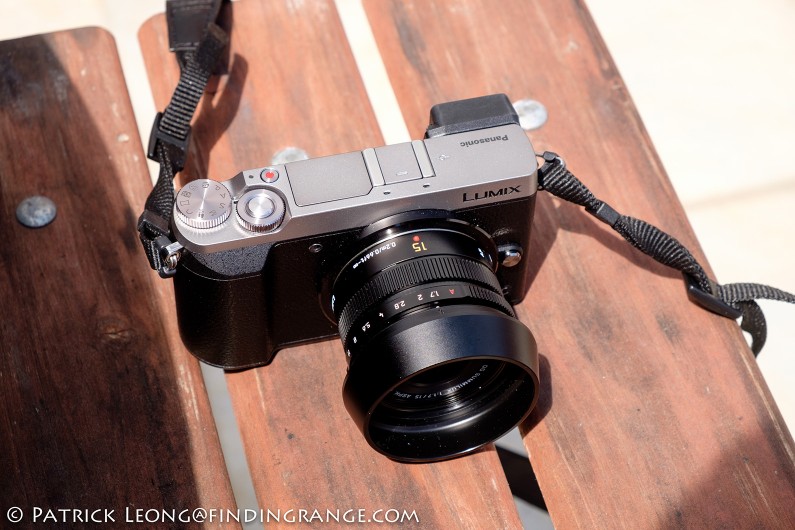
↑ One more photo of the 15mm Summilux with the GX85.
Panasonic Leica DG 15mm Summilux f1.7 ASPH Autofocus:
One of the best features of the Panasonic Leica DG 15mm Summilux f1.7 is the autofocus. It’s stepping motor makes focusing a breeze. It’s ultra fast, accurate, smooth, and silent. There isn’t even much of difference between shooting in good and dim lighting. This is some of the fastest autofocus that I’ve ever seen, and a much welcomed trait considering this lens’ focal length. If this is a lens that will be mounted on someone’s camera most of the time, then it should have superior autofocus.
Panasonic Leica DG 15mm Summilux f1.7 ASPH Image Quality:
With nice contrast and rich, realistic colors, image quality overall is fantastic. I, quite frankly, loved what I got out of this lens. It’s the reason why my Panasonic GX85 review had so many photos taken with this lens. There is a little distortion but there’s also plenty of depth in the images, which is something I always look for, and I particularly like. Images really have that “pop” in them. Furthermore, the Panasonic Leica DG 15mm Summilux f1.7 is superbly sharp. This lens can most definitely be used throughout its entire aperture range. At f1.7, sharpness is excellent in the center with slight sharpness loss in the corners and edges but it’s really nothing to worry about at all. By the time you stop down to f2.8 or f4, everything sharpens up very nicely. Images are so sharp throughout the entire image that I can’t imagine anyone wanting anything sharper.
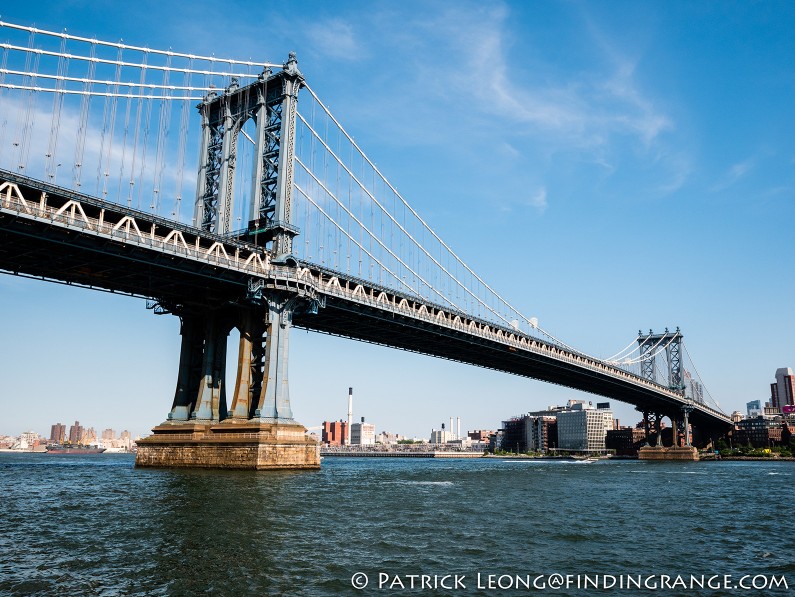
↑ The 15mm Summilux f1.7 ASPH is plenty sharp! f8 1/500s at 200 ISO.
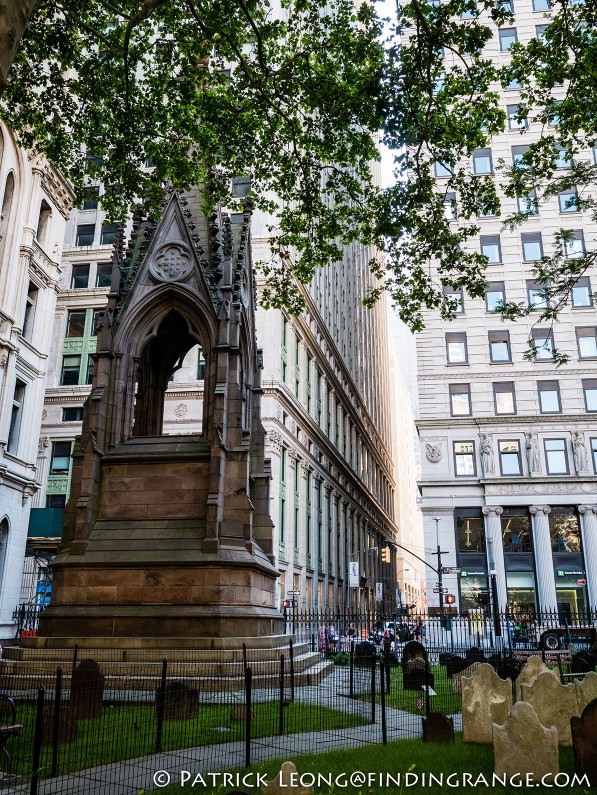
↑ Again, this lens is really sharp. f6.3 1/30s at 200 ISO.

↑ f4 800 ISO 1/1000s.
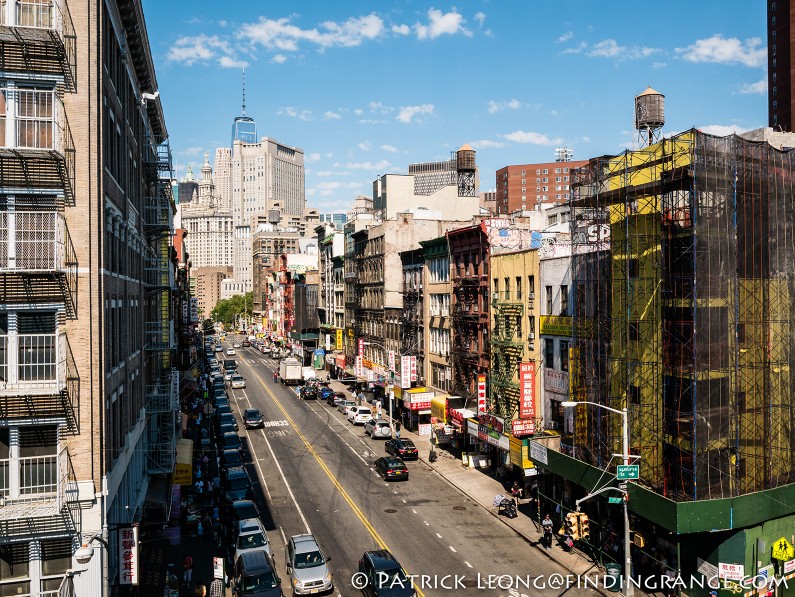
↑ 1/400s f8 at 200 ISO.
There is some vignetting at F1.7 though but it’s kind of expected. Truthfully, I feel like it actually adds a bit to the overall image. But for those who don’t like it, vignetting does clear up quite a bit when stopped down to just f2, and nearly all vignetting is gone by f2.8.
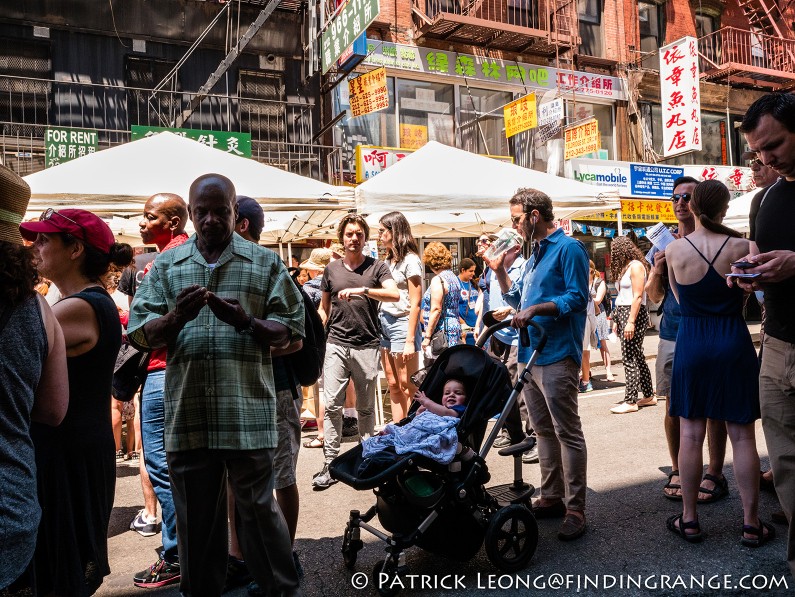
↑ This lens along makes an excellent street lens. 800 ISO f8 1/400s.

↑ f4 800 ISO 1/1250s.

↑ The 15mm Summilux ASPH produces photos with excellent contrast. 800 ISO f4.
In addition, the Panasonic Leica DG 15mm Summilux f1.7 is also very flare resistant. From my experience, you would really have to outright do something like aiming this lens at the sun in a certain angle to get some sort of flare out of it. In normal shooting conditions, there are no problems. In fact, while I used the hood for the first few days I had the lens, I ended up removing it because I didn’t need it. Instead, I ended up with a lens that was even more compact.
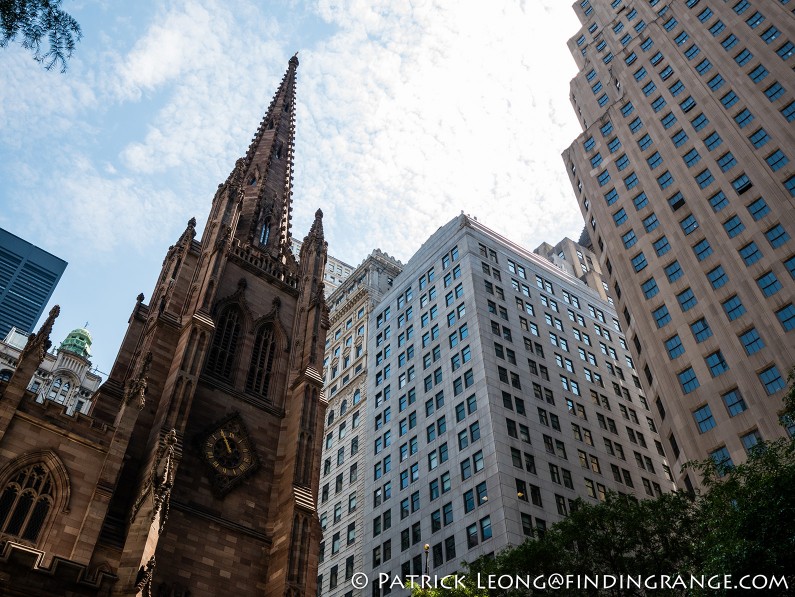
↑ 200 ISO f8 at 1/200s.

↑ Again, this is a great street lens. You can get in real close, and no one even knows you’re taking their photo. f4 800 ISO 1/1250s.

↑ f2.8 1/160s at 1600 ISO.
Now, one of the benefits of having a lens with such a large aperture speed is it’s great for low light work. The other benefit is achieving a shallow depth of field. Since the 15mm Summilux is a wide angle lens, there are limits as to how much of a shallow depth of field that one could obtain. You actually have to get pretty close to see any significant shallow depth of field. But when you do obtain that shallow depth of field, the bokeh is wonderfully creamy and smooth. It may not give you quite the same look as the 42.5mm Nocticron but for a wide angle, it is plenty decent.

↑ As you can see, you need to get close if you want a shallow depth of field with this lens. It’s a wide angle. f1.7 1/60s 200 ISO.
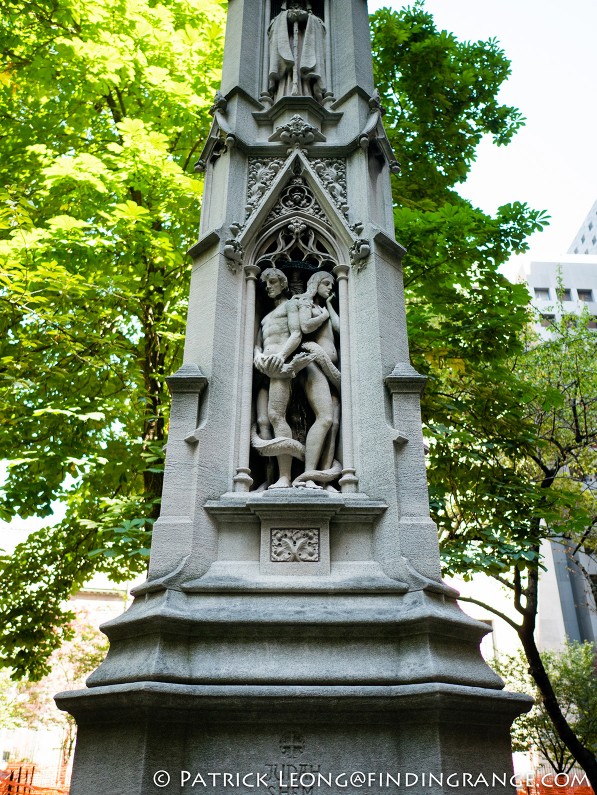
↑ Here’s another example taken at f1.7.

↑ Here’s one more.
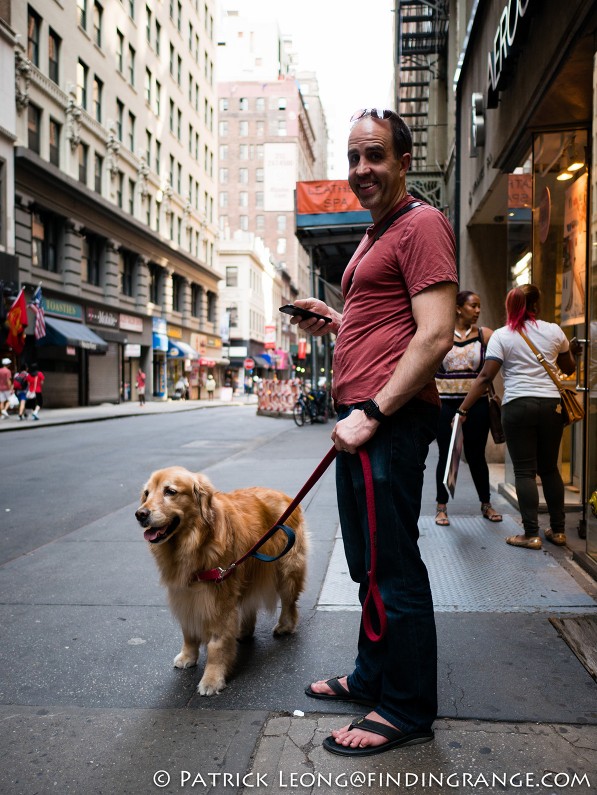
↑ Here’s one last photo taken wide open. As you can see, sharpness is still excellent even at f1.7.
Panasonic Leica DG 15mm Summilux f1.7 ASPH Pros And Cons:
Panasonic Leica DG 15mm Summilux f1.7 ASPH Pros:
- Excellent build quality.
- Compact and light.
- Great everyday lens.
- Ultra fast and accurate autofocus.
- Superb Image quality.
- Fast f1.7 aperture great for low light, and shallow depth of field work.
Panasonic Leica DG 15mm Summilux f1.7 ASPH Cons:
- I wish the lens hood was a little tighter when mounted on the bayonet mount styled system.
- There is some distortion.
- Slightly soft corners and edges at large apertures.
- Some vignetting at f1.7. I feel like it adds to the photo but some may not.
Panasonic Leica DG 15mm Summilux f1.7 ASPH Verdict:
A lens around this focal length needs to be more than just good; it needs to be excellent. That’s because people treat something like this as their everyday lens. They depend on it to do a lot of different tasks. Basically, a lens like this is a workhorse. Overall, I feel like Panasonic made a huge effort when designing the 15mm Summilux f1.7 ASPH. For one, they definitely have the build quality down. It’s not only solid and rugged, it’s ultra compact. It’s a lens that makes you want to take everywhere and carrying around all day. Then there’s the outrageously fast autofocus. It locks on to everything without hesitation. Lastly, there’s the superb image quality. The Panasonic Leica DG 15mm Summilux f1.7 can be used throughout its aperture range to give you fantastic images with plenty of life in them. Of course, I realize that this lens isn’t perfect but as a whole, it’s got so many good things going for it, that it’s simply hard to beat. I am not usually a fan of lenses around the 28mm focal length but I definitely enjoyed my time with the 15mm Summilux, and this lens would one hundred percent have a place in my micro four thirds kit.
Thanks for taking the time to read my review! If you’re considering purchasing the the Panasonic 15mm Summilux f1.7, and my review helped you decide, please help support this site by purchasing from the links below or any mentioned in this review. It will not cost you anything extra. Thank you for your support!

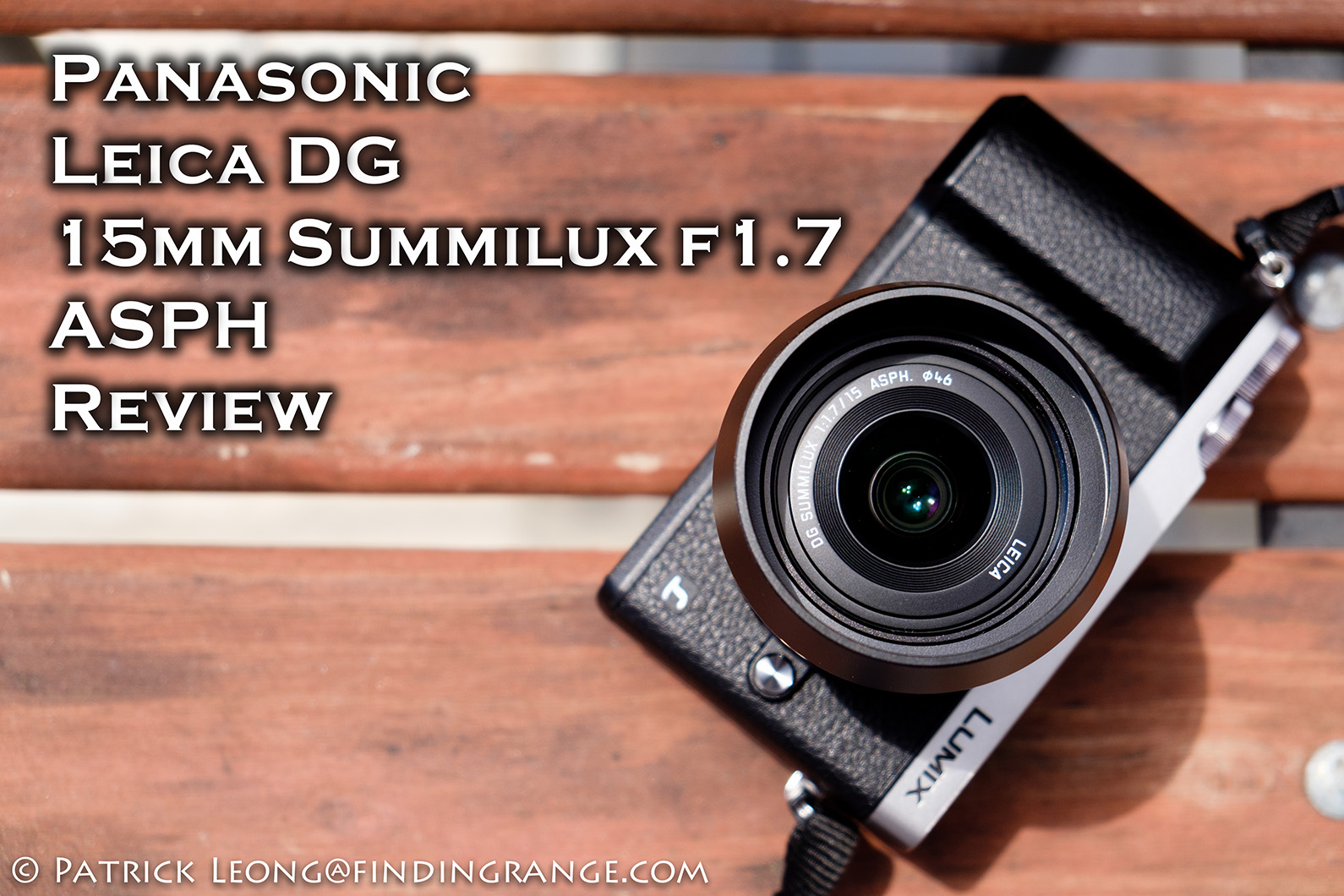
Hi awesome photos you took here. I have the same lens, and was wondering. Mine do not come out this sharp as what you posted.
I am focused correctly, and using a tripod..do you do any post processing, or do you have any tips for sharp images like the ones you listed? Thanks
Thank Lee!
Much appreciated! Nearly all the photos in my blog are processed from RAW files. I use either Capture One or Camera Raw in Photoshop. In this case, I used Camera Raw but I never mess with the sharpness panel. In other words, all the sharpness is on default here. Sometimes, I’ll add a little clarity to the photos but my suggestion is to not overuse this. I hope this helps. Let me know if you have any other questions. Thanks for stopping by!
Best,
Patrick